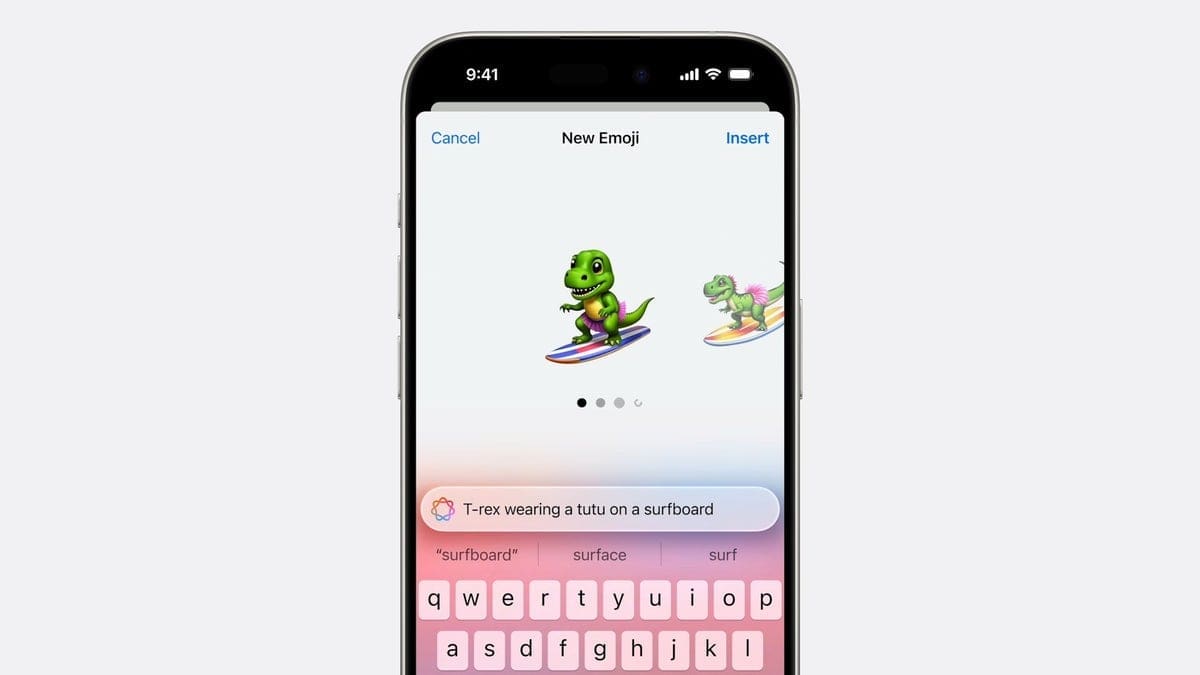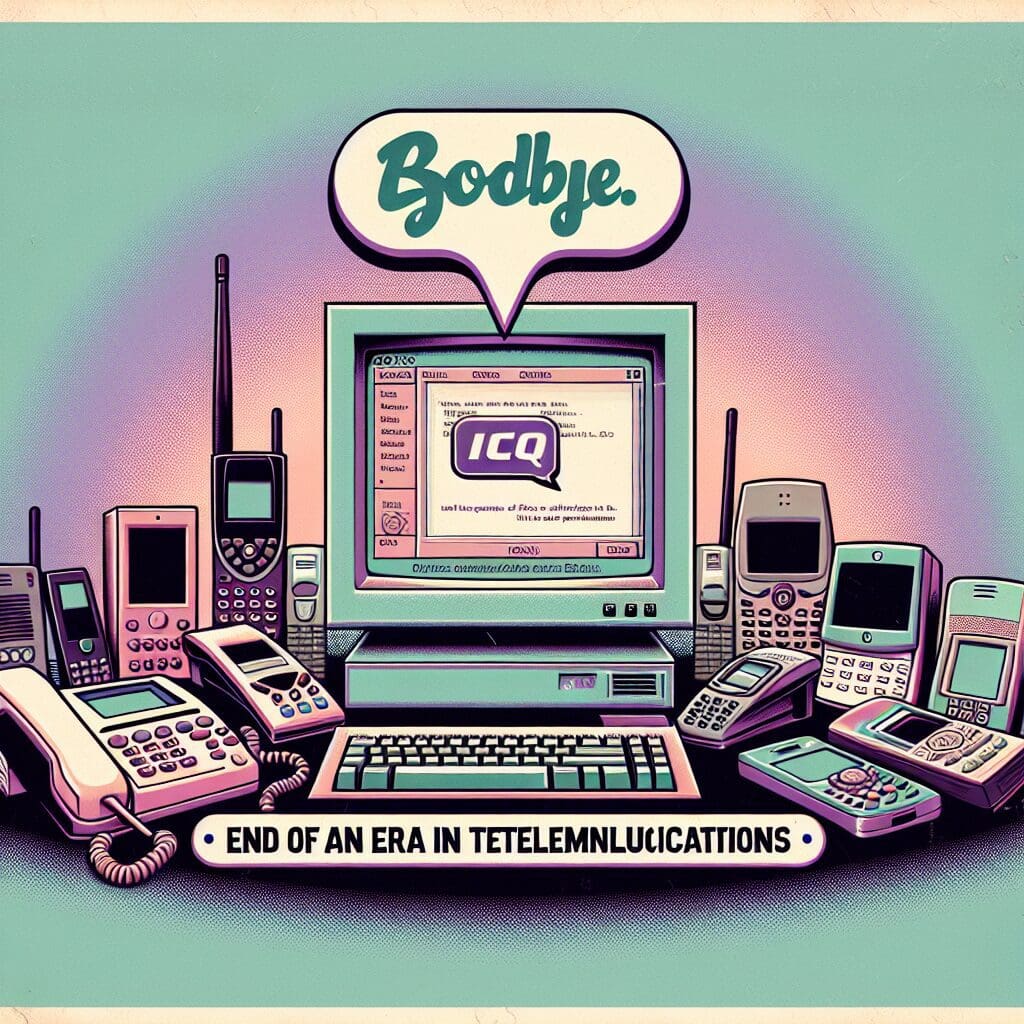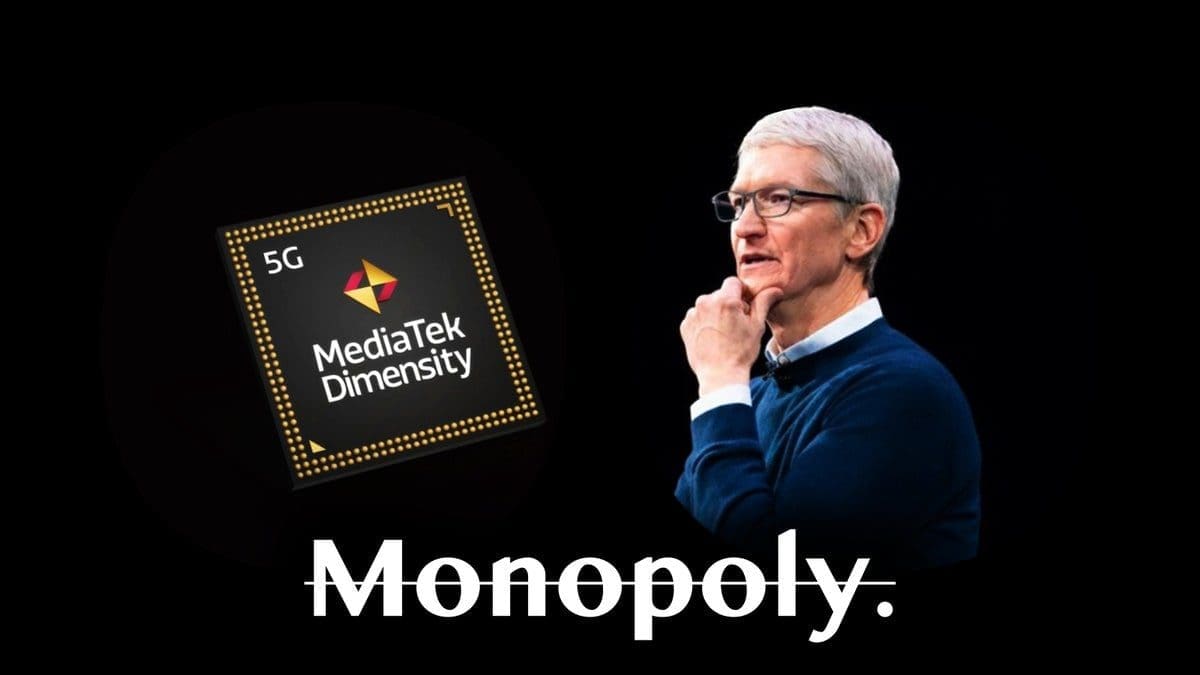Fun fact – the Bluetooth symbol consists of two Nordic runes, depicting the first letters from the Danish king name, H and B. Why “Bluetooth?” Well, the king loved blueberries and his teeth were always blue, or so the legend goes.
How does Bluetooth work?
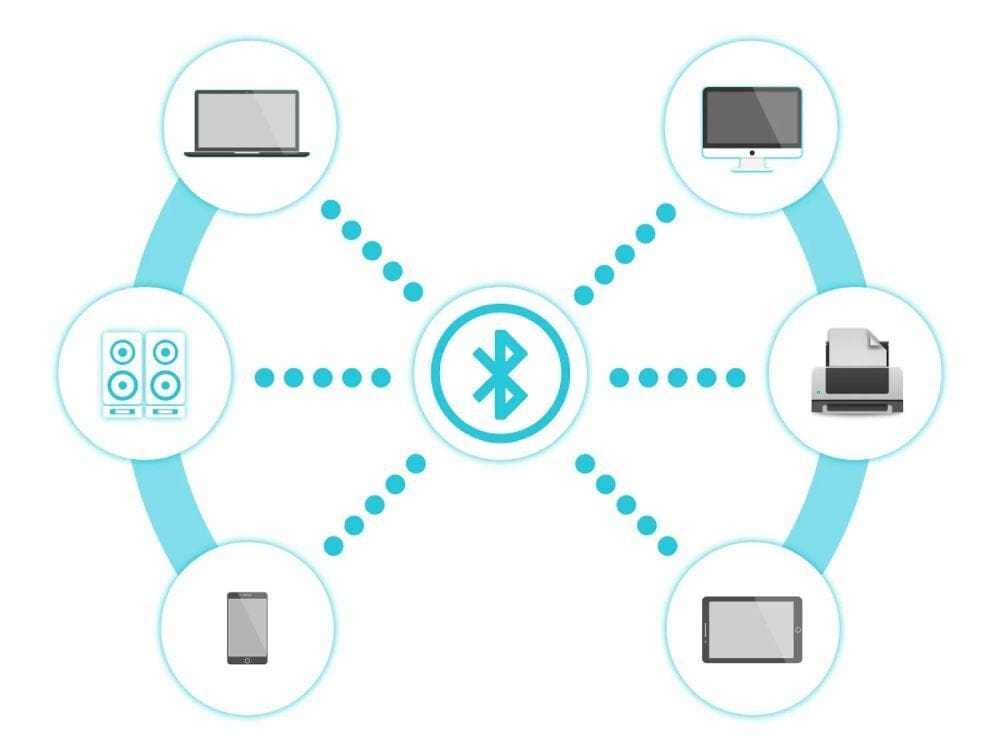
Bluetooth operates on radio waves in the 2.4 gigahertz (GHz) frequency band, using a technique called frequency-hopping spread spectrum (FHSS). FHSS allows Bluetooth to rapidly switch frequencies within the designated band, minimizing interference from other wireless devices operating in the same spectrum.
Some of you may know that Wi-Fi uses the 2.4 gigahertz (GHz) frequency band too (check out our article about Wi-Fi for more detail), but both technologies co-exist without interfering, thanks to the aforementioned technique.
There’s an overlap in applications and in some features between Wi-Fi and Bluetooth. Both standards allow devices to connect wirelessly and transfer data, but Bluetooth is most often used for simpler connections between two devices at relatively short distances.
Evolution of Bluetooth
The journey began with the release of Bluetooth 1.0 in 1999, offering basic connectivity with limited data transfer capabilities. Over the years, subsequent versions addressed shortcomings and introduced enhancements, culminating in Bluetooth 5.0, which brought significant improvements such as longer range, higher data transfer speeds, and enhanced device interoperability.
Bluetooth versions:
- Bluetooth 1.x: Basic data transfer capabilities.
- Bluetooth 2.x: Enhanced data rate (EDR) for faster data transfer.
- Bluetooth 3.x: Introduced Bluetooth High-Speed for faster data transfer over Wi-Fi.
- Bluetooth 4.x: Low Energy (LE) introduced for power-efficient communication.
- Bluetooth 5.x: Increased range, higher data transfer speeds, and improved power efficiency.
Bluetooth 5.4
Enter Bluetooth 5.4! We’re finally on the subject! The latest iteration of the popular wireless standard brings advancements that promise improved performance, enhanced efficiency, and expanded capabilities. Let’s quickly sift through the key features.
Key features of Bluetooth 5.4
Most of the improvements between the different versions of Bluetooth 5.0 concern the encryption and security aspects of the connection. In the following table, you will find all the differences between the latest versions of Bluetooth 5.0 all the way to version 5.4.
| Bluetooth 5.0 | Bluetooth 5.1 | Bluetooth 5.2 | Bluetooth 5.3 | Bluetooth 5.4 | |
|---|---|---|---|---|---|
| Range | Up to 800 feet (240 meters) |
Same | Same | Same | Same |
| Speed | 2 Mbps (LE) 50 Mbps (EDR) |
Same | Same | Same | Same |
| Energy efficiency | Good | Great | Great | Excellent | Excellent |
| Reliability | Good | Great | Great | Excellent | Excellent |
| Security | Great | Great | Great | Great | Excellent |
Periodic Advertising with Responses (PAwR)


Electronic Shelf Label (ESL) profile
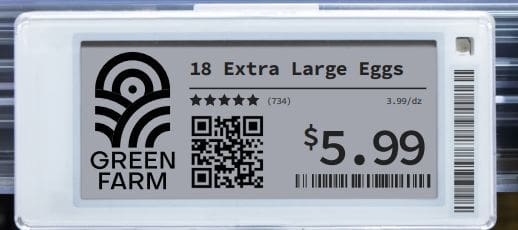

Encrypted Advertising Data


Conclusion
Well, there you have it. Bluetooth 5.4 brings interesting new features, mainly in the Internet of Things realm, such as better security and improvements in energy efficiency and stability. These steps might not seem huge, given that Bluetooth 5.0 already pushed things such as range (up to 800 feet), low-energy connections, and transfer rates (up to 2Mbps) to the limit, but they are important nonetheless.




